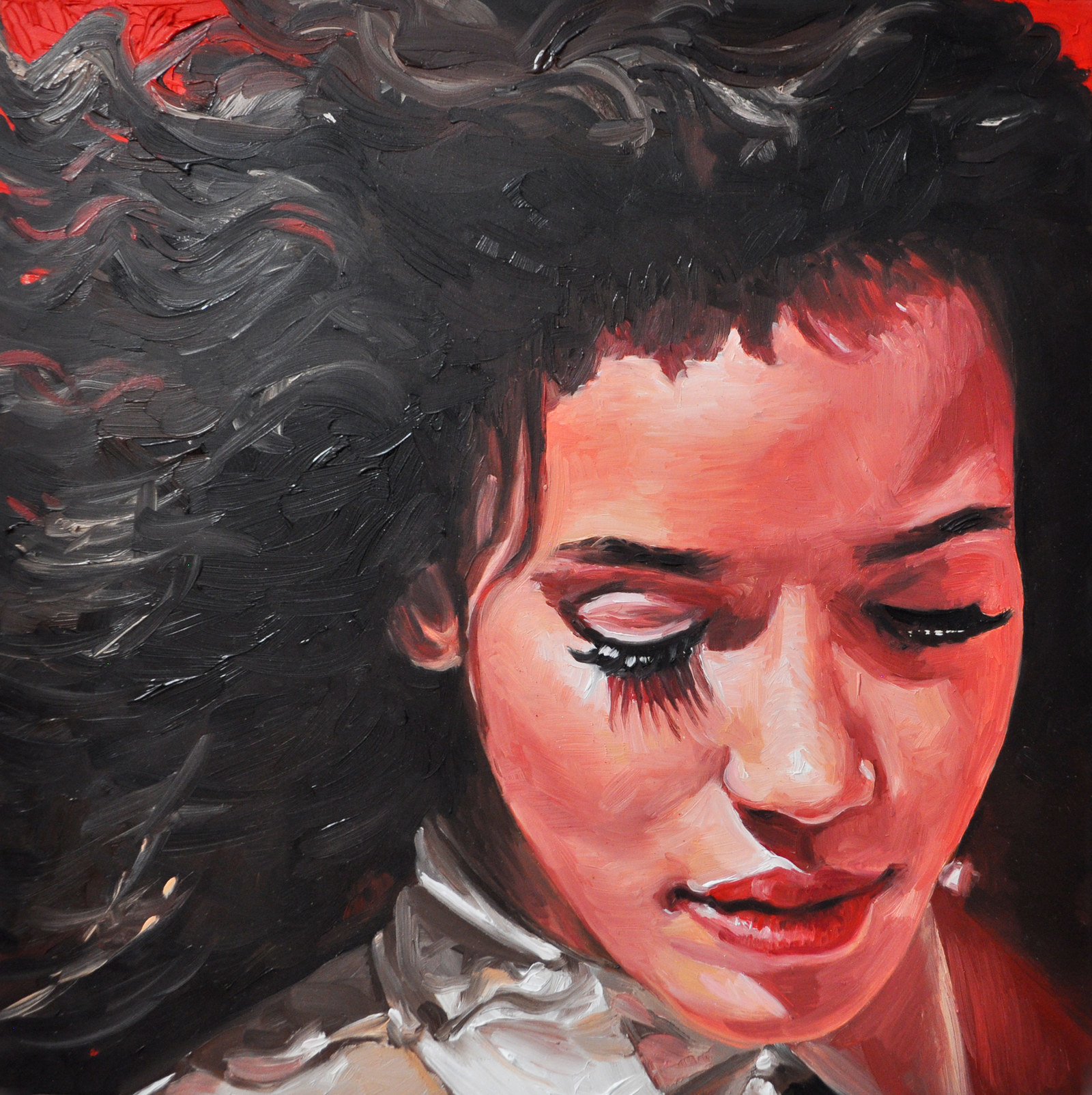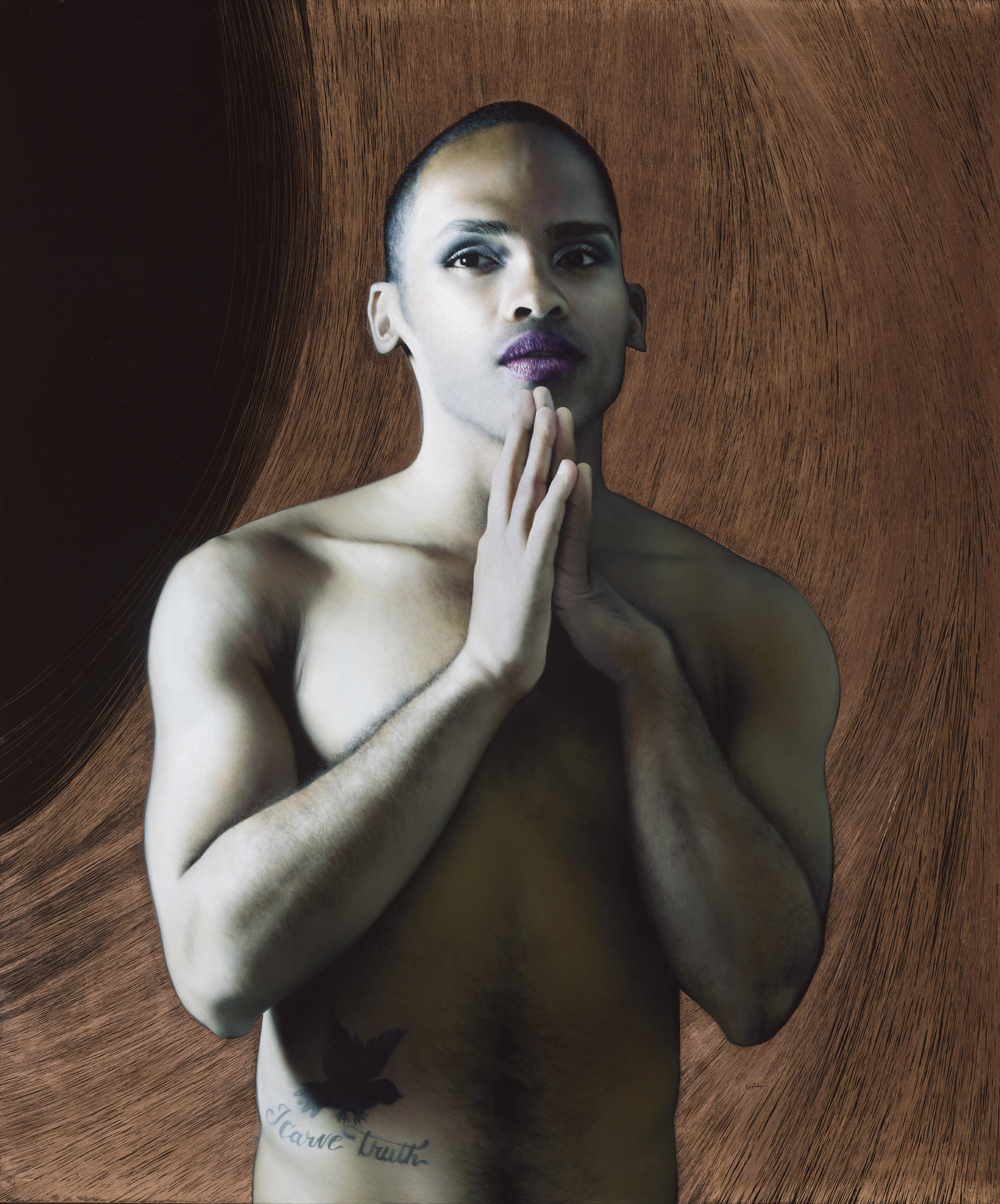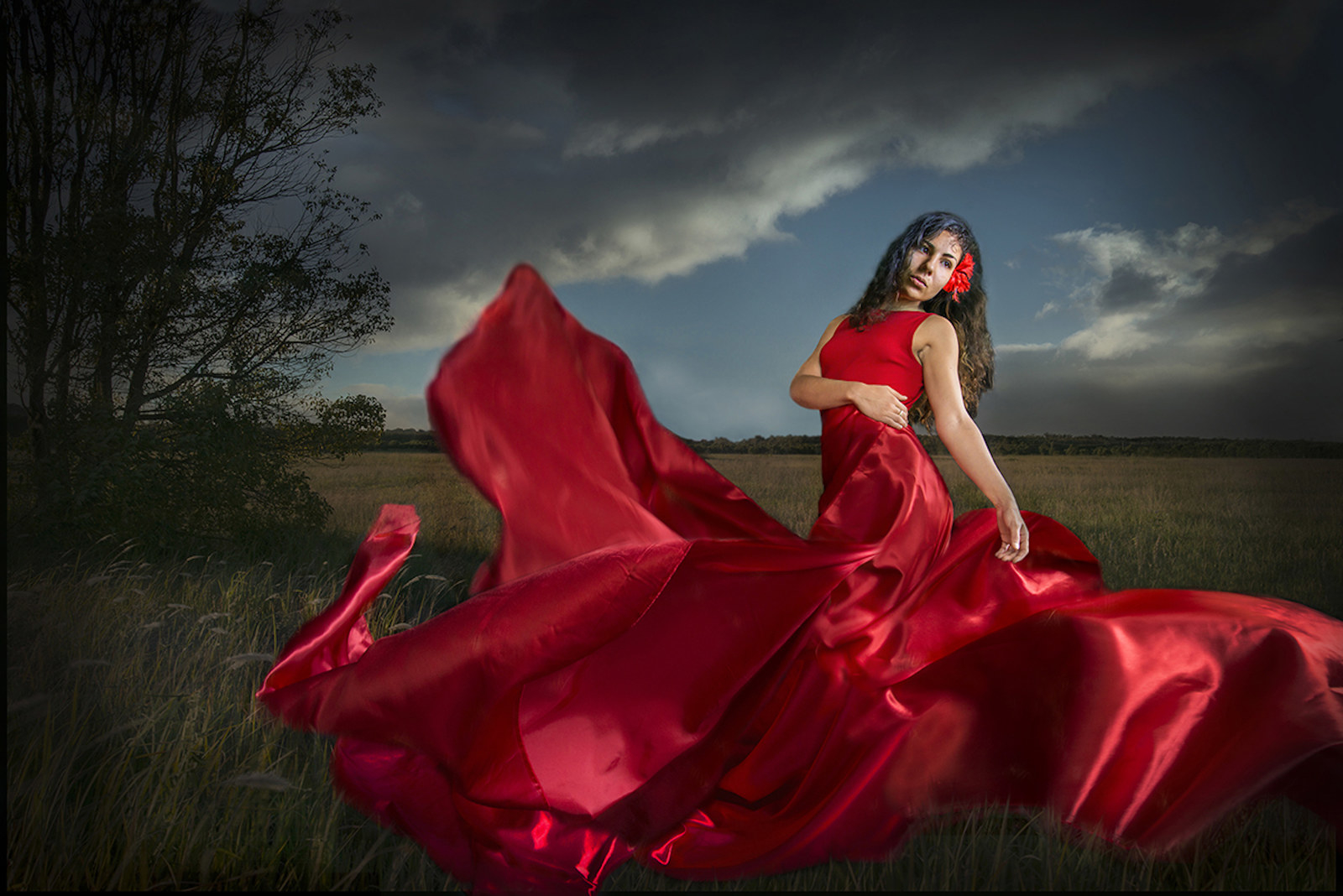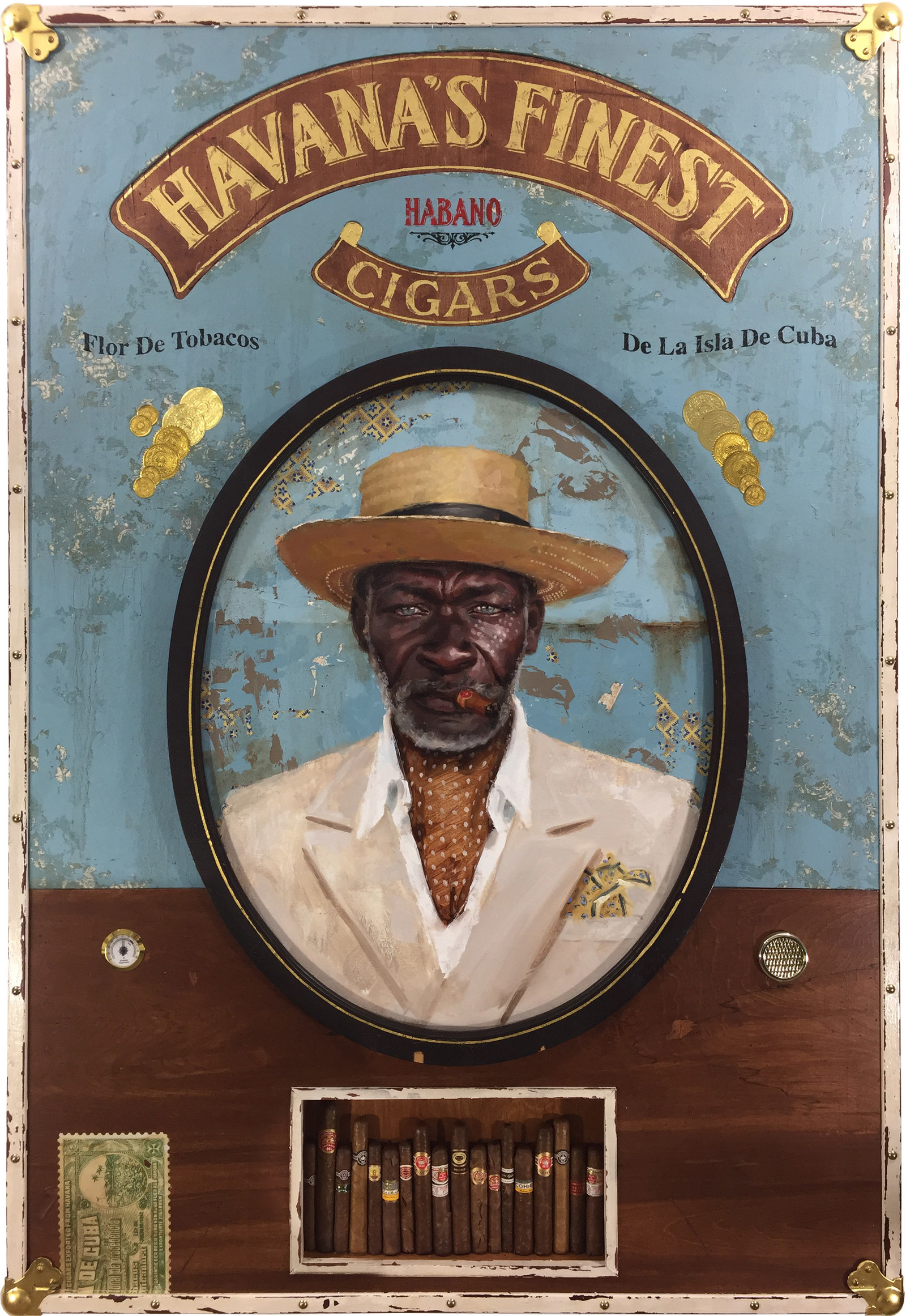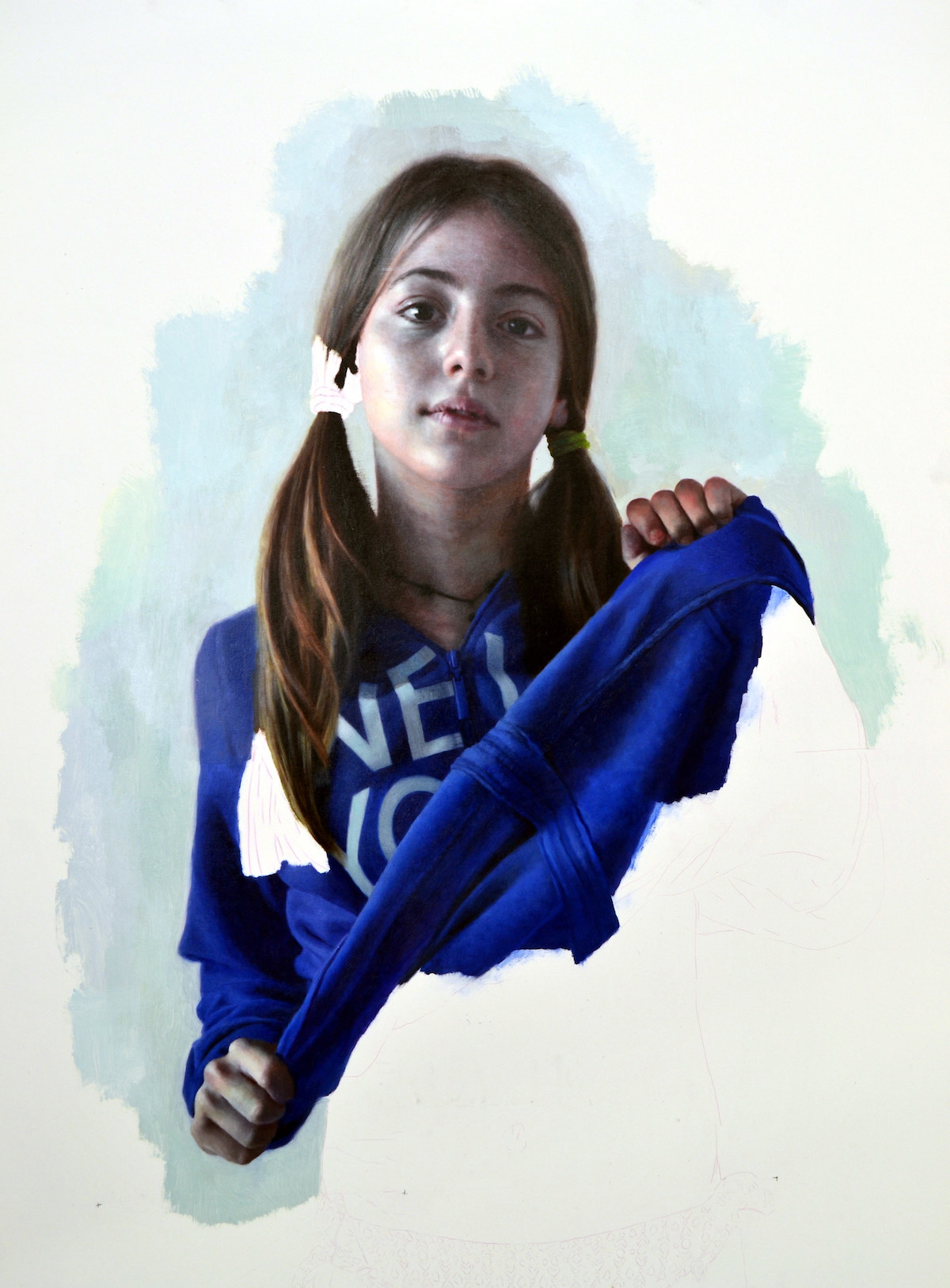In the early 1990's I spent a few weeks in a Nicaraguan beach town helping a group of American volunteers build an elementary school. I fell in love with the town, with the people, and with the culture: it's hard not to love a place where kids dance on the schoolyard at recess and climb the local mango trees to grab their lunch. Of course I didn't know just how much I loved the place until my return flight landed at LAX. The shock of bland American efficiency and the bored and pinched faces I saw in the waiting areas were a grim contrast to the open friendliness and easy social vibe that I had left in Latin America. Nicaragua and its people were chévere: cool, positive and colorful. Although there is some debate about just where the word chévere came from—along with spirit it affirms—the consensus seems to be that it has its roots in Afro-Caribbean culture. One theory is that it came from one Nigeria, perhaps from the Igbo word sebede ("dandy"), or possibly the Efik word chébere ("bully"). The word was likely spread across Latin America by Cuban culture—Cuba is considered the first beating heart of Afro-Caribbean culture—through Mambo songs played on the radio. After Cuba became cut off from the world in the early 1960s, Puerto Rico and the Dominican Republic kept the fire of Afro-Caribbean culture burning, and chévere—both the word and the attitude—kept on spreading. For example, the very danceable hit "El Pavo Real" (The Peacock), recorded in 1970 by the Venezuelan crooner José Luis Rodríguez, has several bright choruses of "chévere - chévere - chévere - chévere" punctuating the last bars of the song. The idea behind the group exhibition Chévere, organized by Cuban-born editor/curator Didi Menendez, was to showcase works which are inspired by, or reflect the Romance Languages of Latin America. "My original intent for the show was to bring a culture—a culture which carries the Latin American spirit—to the art world. It's a spirit which many of our museums and cultural institutions seem to lack or bypass." Chévere makes a terrific title-word as it has very flexible meanings and it's a generous word that people from any cultural background can respond to. It's an ambiguous, poetic, multi-faceted word that ignites personal associations and meanings when offered to creative people. When asked what "chévere" means to them, and what it generated in their work, the artists in this exhibition had a variety of heartfelt, intuitive and emotional responses.
Browse links
US residents can opt out of "sales" of personal data.




